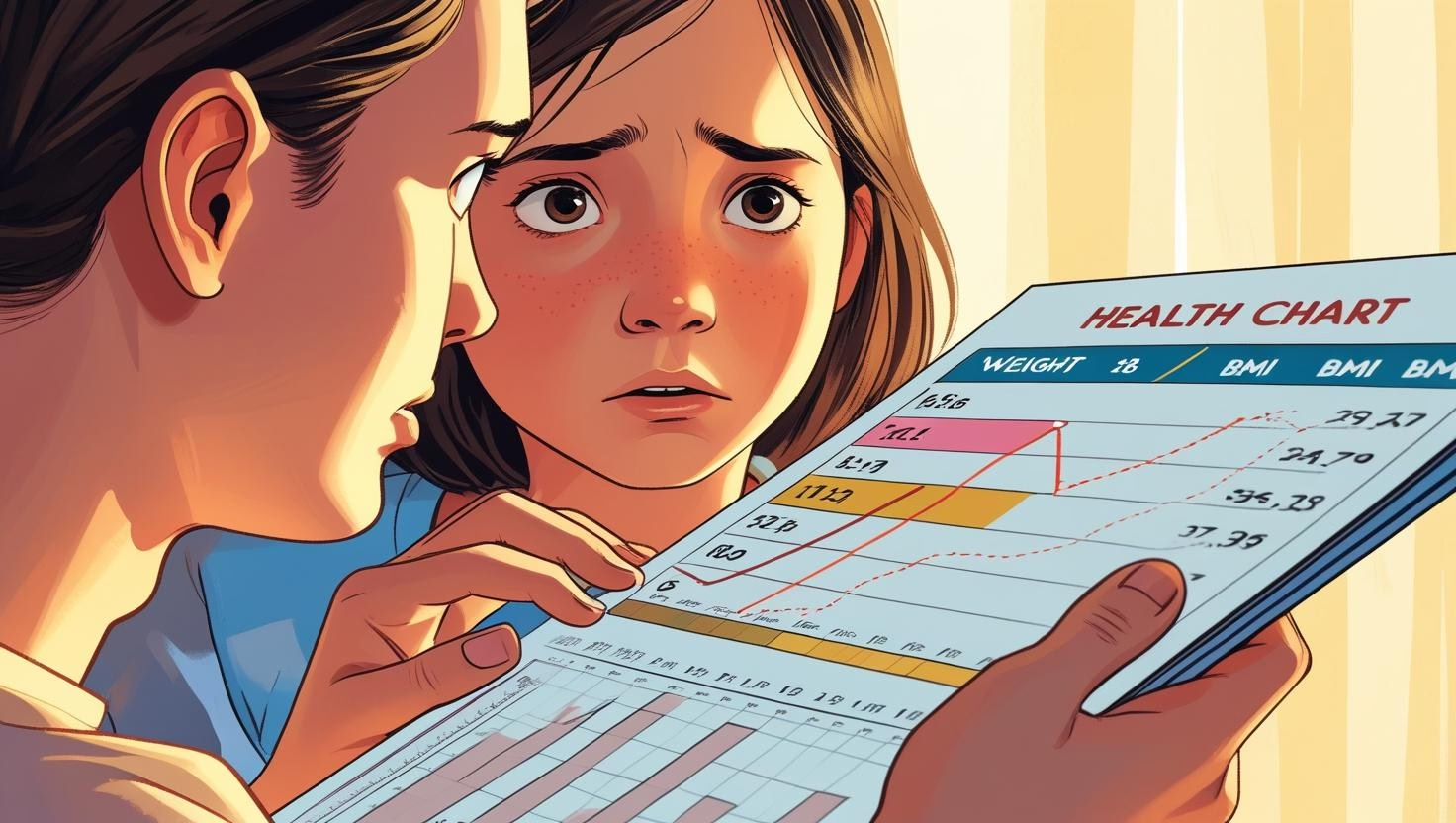Is Your Child at Risk of Obesity? Here’s How You Can Help Them Stay Happy and Healthy
Worried your child might be gaining a little too much weight? You’re not alone. Childhood obesity is on the rise, but the good news is—you can take simple, positive steps today to help your child build a healthy future.
Let’s break it down into small, manageable changes that truly make a difference.
🥗 1. Serve Up Colorful, Wholesome Meals
Instead of focusing on what your child can’t eat, focus on what they can. Fill their plate with colorful fruits and vegetables—they’re packed with the vitamins and nutrients kids need to grow strong.
👉 Choose whole grains (like brown rice or whole wheat bread) and lean proteins (chicken, fish, eggs, lentils). These foods help your child feel full and energized without the extra calories.
Pro tip: Let your child pick a new fruit or veggie to try each week—turn grocery shopping into a healthy adventure!
🍽️ 2. Be Smart About Portions
Sometimes, it’s not just what your child eats, but how much. Using smaller plates and bowls can naturally help with portion control. Teach your child to eat slowly and stop when they feel full.
✅ Encourage one serving at a time, and remind them—it’s okay not to “clean the plate” if they’re no longer hungry.
🍭 3. Cut Back on Sugar Without Saying “No” to Everything
Kids love treats—we all do! But too much sugar can lead to unhealthy weight gain and low energy. Try swapping cookies and sodas for naturally sweet options like fresh fruit, flavored water, or yogurt with honey.
Fun swap ideas:
- Frozen banana bites instead of ice cream
- Fruit-infused water instead of sugary drinks
🏃♀️ 4. Make Movement Part of Everyday Life
Children need at least 60 minutes of physical activity each day—but it doesn’t have to be boring or structured. Encourage outdoor play, dancing to music, cycling, or games like tag or hopscotch.
Make it fun: Join your child in the activity! A 15-minute family dance party or evening walk can go a long way—for everyone’s health.
📵 5. Set Healthy Limits on Screen Time
Too much screen time can lead to inactivity and snacking. Help your child unplug by creating screen-free zones (like the dinner table or the bedroom) and replacing screens with fun offline activities like puzzles, drawing, or reading.
💡 Bonus: Set a good example by putting away your own devices during family time.
💦 6. Choose Water Over Sugary Drinks
Hydration matters, especially for active kids. Water is the best drink—no sugar, no calories, and it keeps everything in the body working well.
Tip: Add slices of lemon, mint, or berries to make plain water more exciting!
😴 7. Don’t Forget the Power of Sleep
Kids who don’t get enough sleep are more likely to gain weight. Set a regular bedtime and keep the bedroom screen-free and calming. School-aged children need around 9 to 11 hours of sleep each night.
Try: Creating a bedtime routine that includes dim lights, reading, and no screens at least 1 hour before sleep.
❤️ 8. Lead by Example—Because They’re Watching
Children naturally mimic their parents. When they see you eating vegetables, staying active, and making healthy choices, they’re more likely to follow suit.
Remember: You don’t have to be perfect—just be consistent and encouraging.
🌱 Small Steps, Big Impact
Preventing childhood obesity isn’t about restrictions—it’s about balance, habits, and encouragement. The goal isn’t to put your child on a diet but to create a healthy lifestyle that supports growth, confidence, and happiness.
You’ve got this! And your child will thank you for it—now and in the future.








